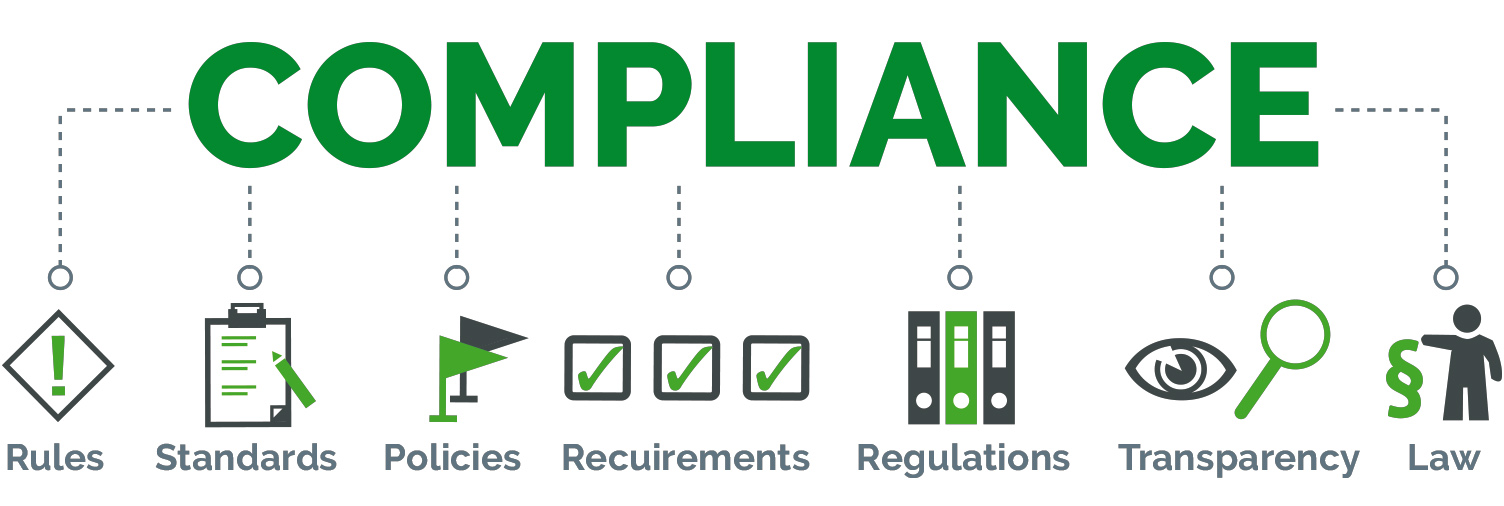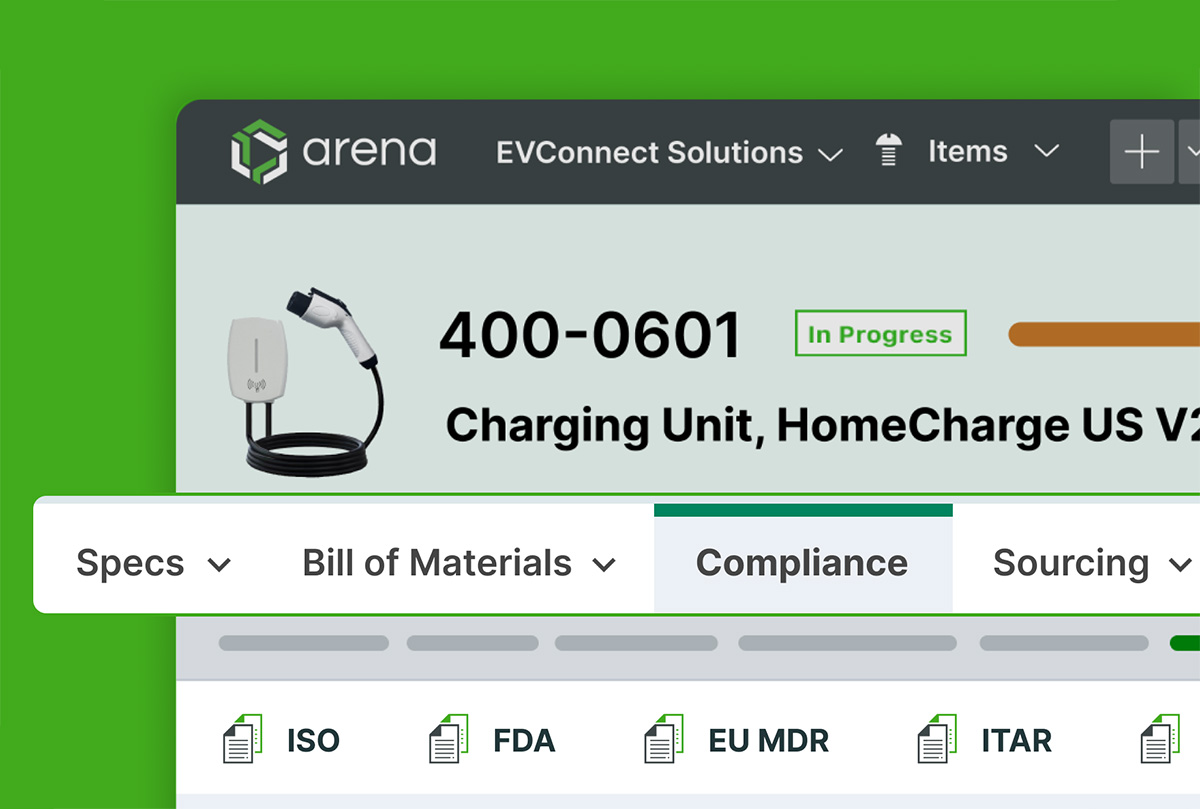- Contact
-
- North America
- EMEA
Adhering to compliance is mandatory in today’s fast-paced business world. Compliance needs to be integrated into every stage of product development and delivery, particularly in regulated industries like electric vehicles (EV), medical devices, aerospace, clean tech, and more. The strategic integration of legal, safety, and quality requirements from product conceptualization to post-market surveillance is known as regulatory compliance in the product lifecycle. Ensuring compliance with regulatory requirements across the product lifecycle is key to maintaining consistency and meeting standards at every stage.
Establishing compliance with regulatory standards throughout the product lifecycle, businesses can preserve product integrity, foster customer trust, and prevent costly disruptions. This continuous obligation necessitates a system in which compliance is actively managed at every operational level rather than merely monitored.

There can be serious repercussions for breaking regulatory requirements, from fines and product recalls to legal action, and harm to a brand’s reputation. These fines can stop manufacturing, postpone market entry, or even jeopardize public safety in highly regulated industries.
Businesses that disregard compliance frequently face inefficiencies, redundant tasks, and missed deadlines. On the other hand, companies that take a proactive stance focused on regulatory risk mitigation enhance operational performance while lowering the probability of noncompliance.
It’s incorrect to limit compliance to the last phases of development. Rather, it needs to be integrated into each stage of the product’s lifecycle starting with:
Compliance automation is becoming more important in each of these phases for reducing human error and optimizing processes.

Different sets of regulations must be followed by different industries. Building compliant procedures requires an understanding of several regulatory environments:
To remain compliant, you must keep up with these changing regulations by integrating compliance practices directly into your systems and processes.
Do you make complex products? Are you working with suppliers and contract manufacturers? Learn how we address your key challenges for the high-tech electronics industry.
Today’s quality management system (QMS) and product lifecycle management (PLM) solutions provide a sound foundation for ensuring compliance with regulatory standards. Through the digitization of documents, standardization of procedures, and integration of cross-functional information, these systems enable companies to continually, rather than reactively, check compliance.
There are clear benefits to using cloud-native compliance solutions. They offer centralized access to real-time supplier information, design specifications, audit trails, and regulatory documents. PLM and QMS solutions also guarantee version control for regulated documents and make it easier for global teams to collaborate.
A cloud-native PLM or cloud-native QMS system can trace all lifecycle stages, support change control, and maintain audit readiness. By integrating requirements into each stage of the process, these solutions assist businesses in implementing a compliance by design strategy. They also help to monitor product development regulations using structured workflows and automated validation tests.
Ultimately, these software solutions empower teams to efficiently manage regulatory obligations throughout the product lifecycle. Integrated solutions turn compliance into a competitive advantage rather than a barrier, whether you’re getting ready for a regulatory audit or introducing a new product in a market with strict controls.
Maintaining regulatory compliance throughout the product lifecycle is vital for safeguarding your customers, brand, and financial success. Leveraging technology becomes the most effective way to keep control, lower risks, and spur innovation as regulatory complexity rises across industries.
Businesses may embrace a future-ready approach of continuous improvement and control by moving beyond reactive compliance with cloud-native PLM and QMS solutions. Do you have the necessary resources to guarantee compliance from concept to client?
